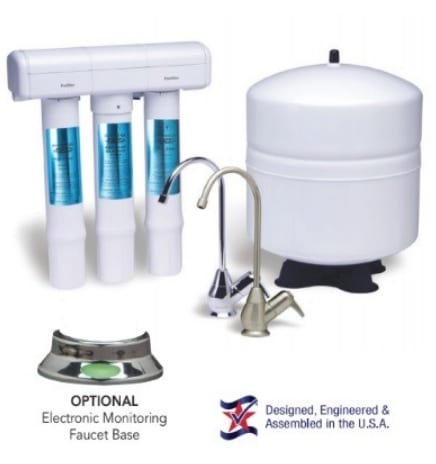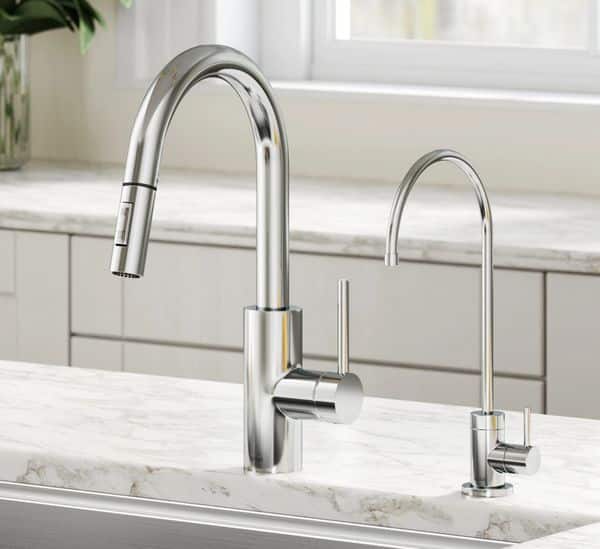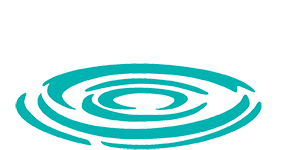Reverse Osmosis (RO) water systems are a great addition in any home. It’s one of the most sought-after types of water treatment because they guarantee water that’s 100% safe to drink for the family. That’s why to make sure it continues to provide first-rate performance for years to come, you need to carry out regular maintenance. But how and how often? Read on to find out.
How to Maintain Your Home Reverse Osmosis Water Filters

Always replace the filters on schedule. Depending on the model you have, your RO system can have three to five filter stages. You can check that on your owner’s manual, which would also have the details of when each filter has to be replaced.
Put a reminder on your calendar if you must because if you forget to replace your filters, your water system will gradually break down. It starts by producing less and less clean water until supplying no water at all.
Despite the differences in their features, the variety of RO units still have a lot in common when it comes to their filter stages. And that’s the focus of this guideline.
Stages of Reverse Osmosis Water Filters
First Stage
This part is the pre-filter, which serves as protection for the RO membranes. You should always make sure that the RO membranes are not damaged, as they are the most expensive component of the system.
To protect them, the pre-filter is designed to filter out deposits like dirt, sand, and other gunk. RO membranes needs replacement every six to nine months. If you fail to do so, the pre-filter gets clogged, causing damage to the RO membranes and may lead to no longer working.
Second Stage
Also known as the carbon filter, this stage is devised to cleanse the water of odour and taste contaminants. This includes chlorine, lead, and pesticides.
The lifespan of a carbon filter depends on how contaminated the water is, but the average time a carbon filter requires changing is about six to nine months.
Third Stage
This is the point where reverse osmosis happens. It’s where the RO membranes do their job, which is allowing water through and clearing out almost all contaminants that are still present.
If the first and second filters are replaced properly and on time, the RO membranes should only need replacement every two to three years. The exact time for maintenance of this part of your water filter system will mostly depend on the water quality and usage.
Fourth Stage
At the end of the process is a post filter. Its function is commonly referred to as polishing because it cleans out the remaining contaminants in the water.
This final part of your home water filter is granular activated carbon (GAC), which gives the final touches for excellent drinking water. Like the first and second stages, it needs to be replaced every six to nine months.
Cleaning an RO System

Combining this with the periodical filter replacements will extend your RO system’s lifespan to 10-15 years.
Need Help with your home RO water system?
Do you have questions about the Reverse Osmosis water system in your home? We are happy to service and help you with any brand, make or model RO system you may have. It does not have to be Ecowater brand or purchased from Ecowater.
Feel free to give us a call at (403) 238-1950, we are here to help.


Does the reverse osmosis system remove fluoride from the water?
Does reverse osmosis system remove fluoride from water? Does the water became dead water after the reverse osmosis process?